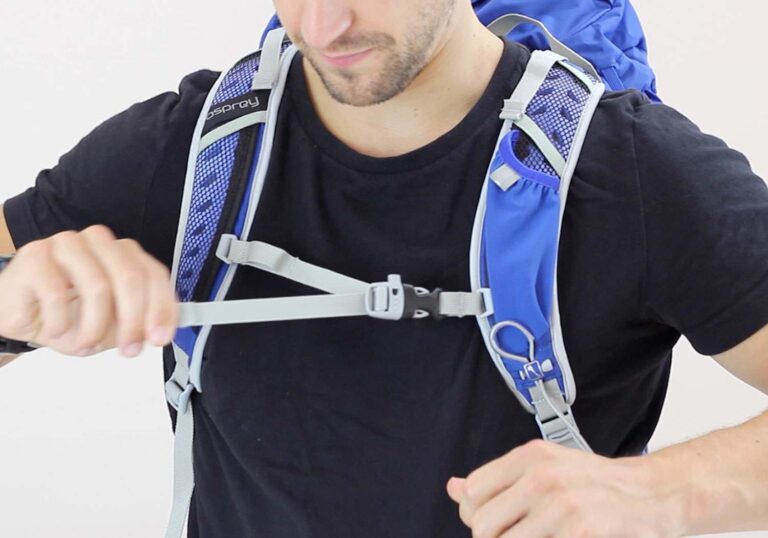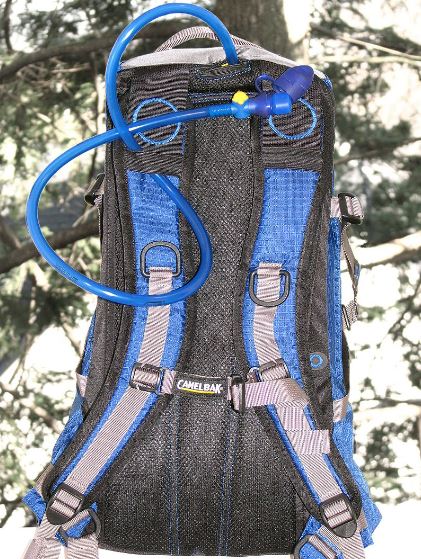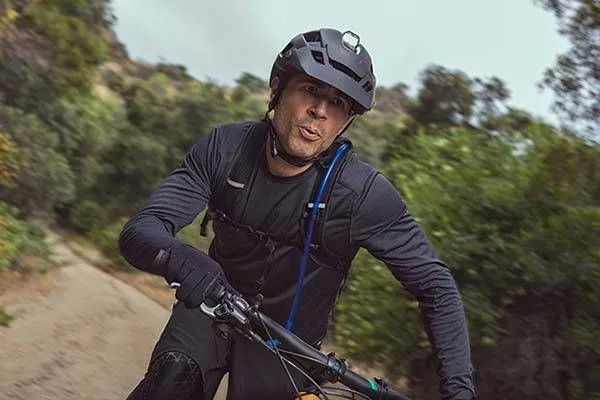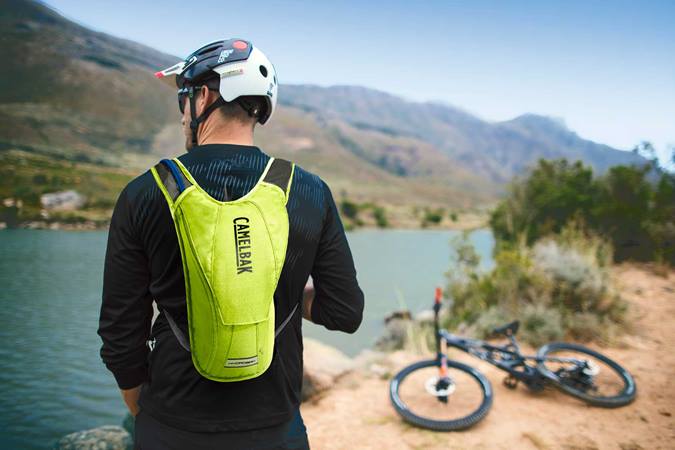The Role of Insulation in Hydration Packs: A Cyclist’s Guide
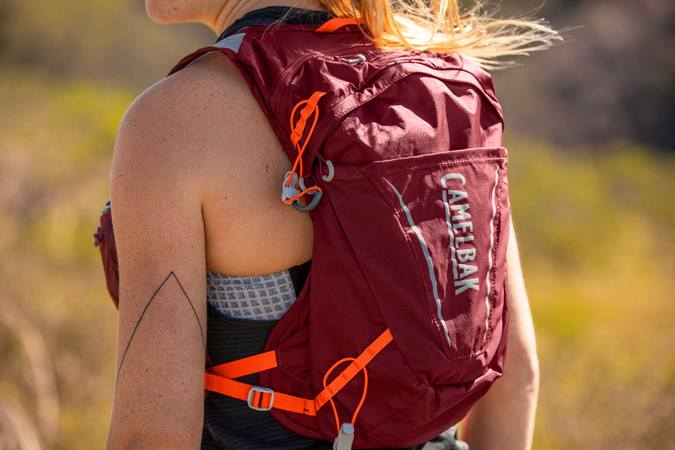
Key Point Summary of The Role of Insulation in Hydration Packs:
- Importance of Insulation in Hydration Packs: Exploring how insulation helps in maintaining water temperature.
- Benefits for Different Weather Conditions: The advantages of insulated hydration packs for both hot and cold climates.
- Personal Experience with Insulated Packs: Real-world insights from my cycling adventures across various terrains.
As a seasoned cyclist who has raced and ridden mountain bikes, gravel bikes, and cyclocross bikes, I’ve learned the value of staying well-hydrated in various conditions. One crucial aspect of hydration that often gets overlooked is the role of insulation in hydration packs. For beginners and mid-level cyclists, understanding this can enhance your riding experience significantly.
In the world of insulated hydration packs, various types of insulation materials are used to maintain the temperature of the liquid inside. These materials play a crucial role in the performance of the hydration pack, especially in extreme weather conditions. Let’s explore some common types of insulation materials used:
- Neoprene: A popular choice for insulation in hydration packs, neoprene is often used in hydration pack sleeves. It’s the same material used in wetsuits, offering excellent thermal retention properties. It’s lightweight and flexible, making it ideal for active use.
- Foam Insulation: This is commonly found in the walls of hydration bladders and packs. Foam works by trapping air in its structure, which reduces the heat transfer. It’s effective, lightweight, and often used in conjunction with other materials for enhanced insulation in hydration packs.
- Reflective Materials: Some hydration packs use reflective materials (similar to those used in emergency blankets) to either retain heat or reflect it away, depending on the desired effect. This material is effective in both hot and cold conditions, reflecting the sun’s rays in hot weather to keep water cool, or retaining warmth in cold weather to prevent freezing.
- Thermal Fabric Lining: Certain high-end hydration packs feature a thermal fabric lining inside the compartment that holds the bladder. This helps in maintaining a consistent temperature, be it hot or cold.
- Insulated Hoses and Bite Valves: In addition to the bladder itself, the hoses and bite valves are often insulated to prevent the water from freezing in cold weather or heating up too quickly in hot weather. This is typically achieved using a combination of neoprene sleeves and specialized materials designed for thermal control.
Incorporating these materials into the design of insulation in hydration packs ensures that cyclists can have access to water at a comfortable temperature, enhancing the hydration experience in all weather conditions. Whether you are biking in the heat of summer or the cold of winter, these insulated materials play a key role in ensuring your hydration pack performs optimally.
Importance of Insulation in Hydration Packs
Insulated hydration packs are designed to maintain the temperature of the liquid inside, regardless of external conditions. The insulation works by creating a barrier that reduces thermal exchange between the water in your bladder and the outside temperature. This feature is not just about comfort; it can be a game-changer in extreme weather conditions.
Benefits for Different Weather Conditions
- Keeping Water Cool in Hot Weather: On sweltering summer rides, there’s nothing more refreshing than a sip of cool water. Insulated hydration packs keep your water cool for hours, preventing it from reaching an uncomfortably warm temperature. During a particularly hot gravel race, my insulated pack kept my water pleasantly cool, which was not just refreshing but also vital for my performance and hydration.
- Preventing Freezing in Cold Weather: Conversely, in freezing temperatures, there’s a risk of the water in your hydration pack turning to ice. Insulated packs prevent this, ensuring that you have access to liquid water throughout your ride. I recall a winter trail ride where my insulated pack prevented the water from freezing, something that could have been a major setback in those harsh conditions.
Personal Experience with Insulated Packs
Having used both insulated and non-insulated hydration packs over the years, I’ve noticed a marked difference in their performance. Insulated packs are especially beneficial in extreme weather conditions. For instance, during a summer century ride, my insulated pack kept my hydration cool and palatable, which was crucial for maintaining my stamina. On another occasion, while riding in near-freezing temperatures, my insulated pack ensured that the water didn’t freeze, allowing me to stay hydrated throughout the ride.
Based on the latest reviews, several hydration pack brands are known for their good insulation qualities:
- CamelBak: Their models, such as the CamelBak Powderhound and CamelBak HydroBak, are highly regarded in the market. The CamelBak Powderhound, for instance, is specifically noted for its suitability in snow sports, which indicates good insulation for cold weather conditions.
- Osprey: Known for their durability and comfort, Osprey offers models like the Raven 10 and Raptor 10, which are designed for different user needs. The Osprey Raven 10 is highlighted as a great option for women, while the Raptor 10 is recommended for mountain biking. These packs often include features conducive to good insulation, like well-designed reservoirs and strategically placed compartments. We’ve got you covered, as we’ve thoroughly reviewed, rated, and ranked the best options in our Best Hydration Packs section!
- Gregory: Brands like Gregory provide options like the Citro 24 H2O and Nano 18 H2O. They offer a range of hydration packs from budget to high-end, with features that cater to both light and supportive needs.
- TETON Sports: This brand is mentioned for offering very affordable options like the Oasis 18, which, despite its lower price point, doesn’t compromise on essential features.


These brands have designed their hydration packs with various activities in mind, ensuring they cater to different weather conditions, including the need for insulation to keep water at the desired temperature. Whether you’re looking for a pack for winter sports, running, hiking, or mountain biking, these brands offer reliable options.
FAQ
How do you insulate a hydration pack?
To insulate a hydration pack, which is crucial for maintaining water temperature, you can follow these steps:
- Use Insulated Sleeves: These are designed to cover the bladder and hose of your hydration pack. Many sleeves are made from neoprene or similar materials and provide effective insulation.
- Add Thermal Covers to the Hose and Mouthpiece: This helps to prevent water in the hose and mouthpiece from freezing in cold weather or getting too warm in hot conditions.
- Store the Pack Close to Your Body: Wearing the hydration pack under a jacket or a layer of clothing can use body heat to prevent freezing in cold weather.
- Insulate with Foam: Wrapping the hydration bladder in foam or using a pack with built-in foam insulation helps maintain the water temperature.
- Use Warm or Cold Water: Pre-filling the bladder with water at the desired temperature can also help, as the insulation will slow down the temperature change.
Effective insulation in hydration packs is key to ensuring that the water remains at a drinkable temperature, enhancing your hydration experience during various outdoor activities.
How do I keep my hydration bladder hose from freezing?
To keep your hydration bladder hose from freezing, use insulated tube covers, blow air back into the bladder after drinking, keep the bladder close to your body for warmth, start with warm water, and use heat warmers near the bladder
Do hydration packs stay cold?
Hydration packs can stay cold for a limited period, especially if they are insulated or if you take measures to keep the water cold. Insulated hydration packs are designed to slow down the warming of water in hot conditions. However, the duration for which the water stays cold depends on several factors, including the outside temperature, the amount of insulation in the pack, and whether you pre-cool the water or bladder. For instance, filling the bladder with cold water or ice can help keep the water cool for a longer period. Additionally, storing the hydration pack in a cooler or shaded area when not in use can also extend the time the water stays cold.
Final Thoughts
The role of insulation in hydration packs is a critical factor in maintaining optimal hydration and comfort during your rides. Whether battling the scorching heat or braving the winter chill, an insulated hydration pack can make a significant difference.
As a cyclist, investing in a good quality insulated hydration pack is a decision you’re unlikely to regret. Stay hydrated, and enjoy your rides!
John

